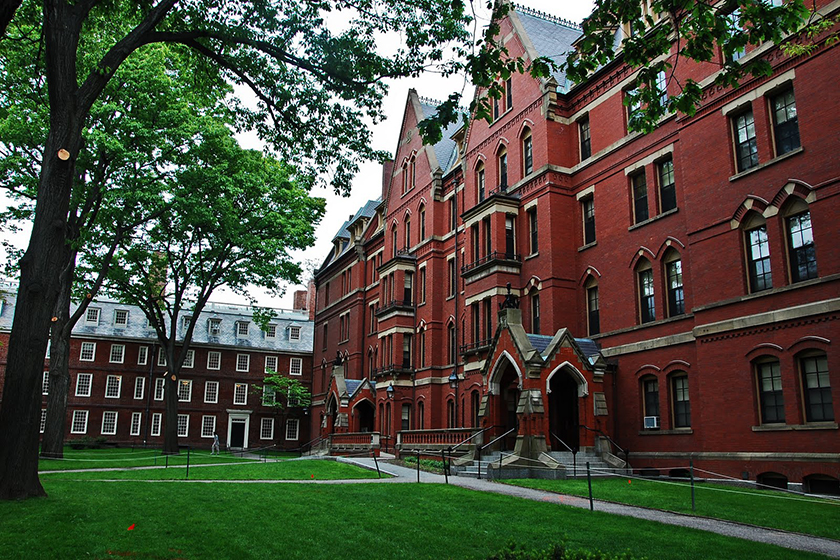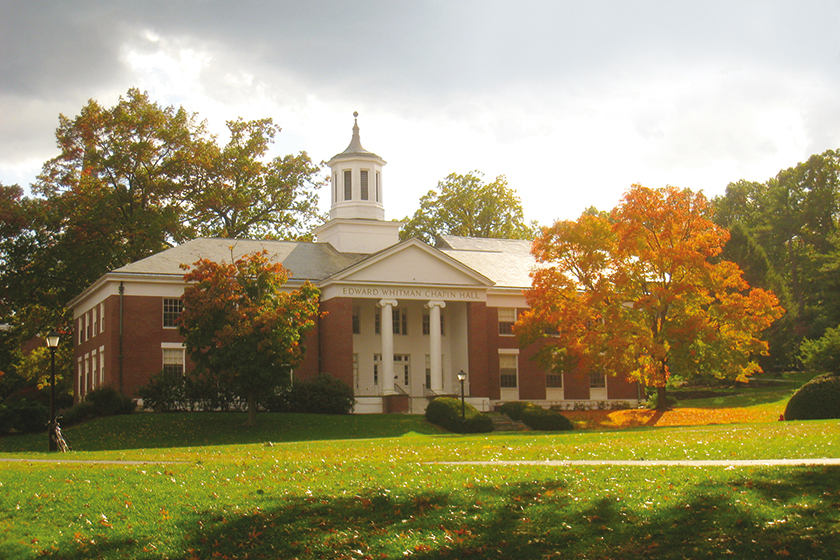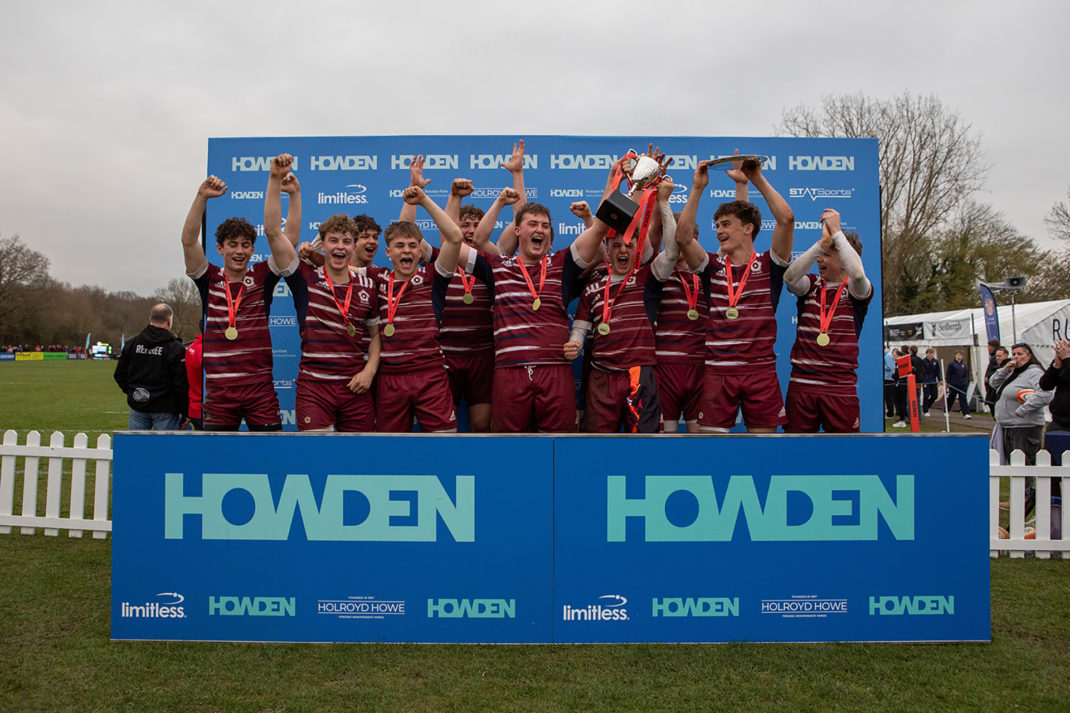Five Steps to Applying for American Universities
By
8 years ago
Jamie Dunn of the Fulbright Commission discusses the growing trend for crossing the pond for university

Over the last decade there has been a 21 per cent increase in the flow of students across the Atlantic who are choosing to study at American universities. It’s a trend which looks set to continue.
Vibrant US campuses offer students an exciting way to learn about a new culture, while at the same time offering an opportunity for them to expand their CV and develop the international perspective and skills set sought by employers.

Amherst College
The rise in student numbers choosing American universities coincided with the 2012 introduction of higher UK university fees. While this may have been an influence, the reputation of US universities and the flexibility of their degrees certainly fuelled this momentum. In a recent survey of British students who chose to study in the USA, the US-UK Fulbright Commission, a not-for-profit organisation funded by both governments to promote educational exchange, found that over half of the respondents were attracted by the diversity and range on offer with over 4,500 institutions offering undergraduate degrees and 1,700 offering postgraduate programmes.
Types of American universities
American institutions offer a real choice in terms of location, academic interests, extracurricular activities and funding opportunities. There are of course, the ‘brand-name’ universities that are world renowned – Ivy League institutions like Harvard, Princeton and Yale – but the USA offers world-ranked institutions beyond the Ivy League.
Leading ‘liberal arts colleges’ like Amherst College and Middlebury College emphasise a well-rounded education and undergraduate research. They enable students to take a variety of subjects in their first year before specialising in a major subject. This can be very appealing to English students who may have had to narrow their subject range at A-level. With double majors on offer, it’s not impossible to find a a student studying political science and theatre or art history and economics.
Prestigious women’s colleges like Wellesely College and Smith College produce tomorrow’s female world leaders. And then there are the ‘Public Ivies’, an unofficial term for state universities like North Carolina and Virginia. They have built reputations for offering an equally prestigious and academically rigorous education.
Five steps to applying
1. Students should begin the process of researching universities and the application process roughly one year before they wish to attend. For the 2017–18 US entry, you should start the process this spring. Don’t panic if you are looking at next October, there is still time but you will need to act fast.
2. The first step is to make sure study in the USA is a good match for your goals. Talk with your parents, your careers advisor and anyone you know who has been to or studied in the States.
3. Research universities narrowing your selection to no more than six to eight institutions to which you will apply.
4. Academic programmes, campus size and setting, availability of funding and competitiveness of admission should be considered. Remember that in the US, it is more important to find the right fit than to only apply for a handful of ‘name- brand’ universities. With so many universities to choose from, it is very likely you will apply to several you’ve not heard of.
5. If you aren’t able to visit universities in the States, take advantage of online tours and virtual open house days. Fulbright’s annual USA College Day fair in central London is attended by over 170 American universities. Fulbright also hosts seminars in London and webinars on the US admissions process for students getting started on the process.
The US-UK Fulbright Commission offers an advisory service providing information and events to students, parents and advisors interested in US study. As part of the EducationUSA network of advising centres worldwide, it is the official source of information on US higher education in the UK.



